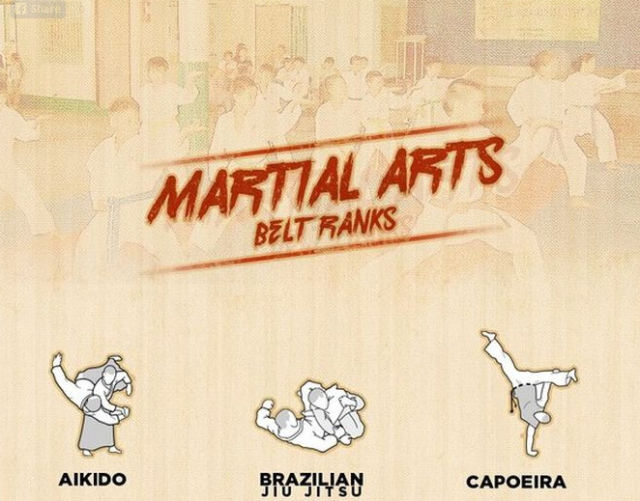In What Ways Do Traditional Martial Arts Prioritize Technique Contrasted To The Competitive Nature Of Modern-Day Battle Sports? Uncover The Fundamental Differences That Can Affect Your Trip
In What Ways Do Traditional Martial Arts Prioritize Technique Contrasted To The Competitive Nature Of Modern-Day Battle Sports? Uncover The Fundamental Differences That Can Affect Your Trip
Blog Article
Content By-Keith Snedker
When you think of martial arts, do you lean a lot more toward the standard practices or the modern-day battle sports? Each course supplies unique benefits and experiences, formed by their approaches and training approaches. Typical martial arts stress individual development and technique, while modern combat sports concentrate on competition and performance. Comprehending these differences can lead you in picking the ideal method for your journey. However exactly how do these distinctions materialize in training and ideology?
The Viewpoint and Background Behind Standard Martial arts
While many individuals link martial arts with physical combat, the approach and history behind conventional martial arts run much deeper. You'll locate that these techniques stress individual development, discipline, and respect.
Stemming from old techniques, typical martial arts were frequently created for Self-Defense and spiritual development. They symbolize principles such as balance, consistency, and self-control, guiding experts beyond simple combating abilities.
As you train, you'll not only learn methods yet also gain understandings into the culture and values that formed these arts. The rituals and customs, often passed down with generations, promote a sense of area and belonging.
The Competitive Nature of Modern Fight Sports
Modern combat sports have actually transformed the landscape of martial arts right into a highly affordable sector, where professional athletes face off in a test of ability, approach, and endurance.
You'll discover that competitors are often organized with rigorous guidelines and regulations, ensuring justice and safety. These events draw in large target markets, fueling the exhilaration and strength of matches.
Athletes train carefully, not just for physical prowess however additionally for psychological sturdiness, recognizing that every detail counts in the ring. The adrenaline rush throughout competitors is palpable, as fighters press their limits to assert triumph.
Fans value the athleticism and virtuosity involved, making contemporary combat sporting activities a thrilling spectacle that remains to progress and captivate enthusiasts around the world.
Training Approaches and Methods: A Comparative Evaluation
The affordable environment of contemporary fight sports needs cutting-edge training methods that differ dramatically from typical martial arts.
In modern-day training, you'll concentrate on details methods, sparring, and conditioning, frequently making use of drills that imitate genuine fight situations. You'll see a focus on quantifiable efficiency and frequent competition to examine your abilities.
In https://cointelegraph.com/news/metaverse-bruce-lee-avatar-to-teach-martial-arts-in-the-metaverse , typical martial arts focus on forms, katas, and philosophical trainings, often emphasizing self-control and regard over competitors.
Training is normally less extreme and might include repeated technique as opposed to real-time sparring.
While both techniques develop ability and fitness, modern-day combat sports give a more vibrant and versatile training environment, preparing you for immediate difficulties in the ring or cage.
Select the path that aligns with your goals and passions.
Final thought
In selecting in between traditional martial arts and modern-day combat sporting activities, it truly boils down to what you value most. If you're trying to find personal growth, discipline, and a feeling of neighborhood, standard arts could be your ideal fit. However if you grow on competitors and real-time challenges, modern-day combat sports could be the means to go. Eventually, both courses supply one-of-a-kind advantages, so it's all about aligning your training with your individual goals and interests.
